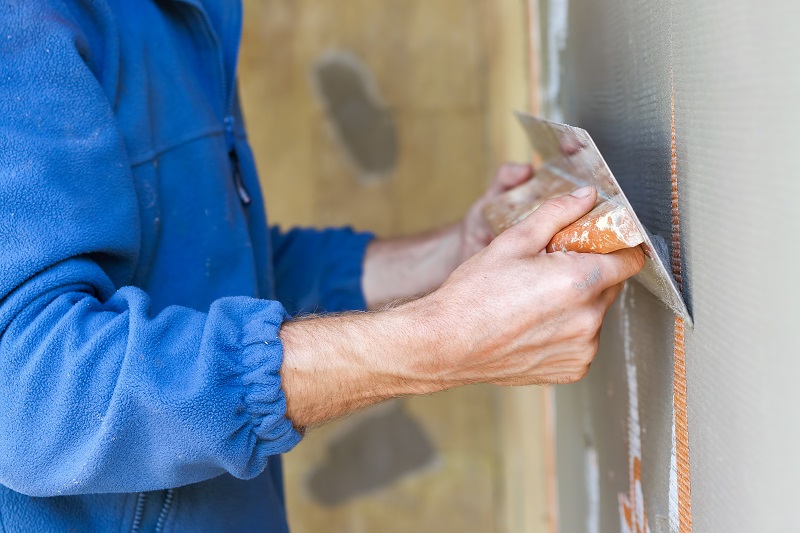If you're going to do your plastering, you'll need to invest in a few tools if you want the job done not only to a high standard but also on time. First, you will need a high-quality plastering trowel for plastering! It is the tool you will use to apply the plaster to the surface. Thus, it is the most critical bunch. You can buy from a variety of plastic, sponge, wood and steel trowels, and enhance the condition and layers of plastering.
Please make sure you choose one that will last for a lot of use (we prefer models made of metal because they'll be longer-lasting, and any dried plaster will be easier to scrape off). Not only that, but it's essential to consider the size of your plastering trowel—a more pleasing end of the trowel will allow you to finish the job with smoother lines, while a larger trowel will enable you to place more plaster at once. Depending on the type of plastering that needs to be done, you can choose the trowel that fits into your entire building routine.
What to consider when buying a plastering trowel?
Before buying a plastering trowel for a DIY job from any online plaster tool supplier, keep the following in mind:
Length of a plastering trowel
Plastering trowels come in two sizes. The long one is usually 13 inches or more long, while the short trowel is 11 inches. The longer trowel requires more finesse and control when manipulating and applying. On the other hand, a small plastering trowel ensures better contact with the wall being plastered.
The strength of your hand
The pressure applied to the plastering trowel is critical to obtain a smooth surface when using plaster. Before purchasing a plastering tool like a trowel, consider the strength of your hand. Hollow spots can occur if you cannot apply the proper pressure. Choose a trowel that allows for high-quality finishing, and you get a proper coating of the concrete.
Plastering experience is essential.
It is an essential factor to consider when deciding whether to use a longer or shorter plastering trowel. Remember that the longer the trowel blade, the more difficult it is to manage. Therefore, a small trowel may be considered the most excellent beginner's tool for plastering for someone with little experience.
It is where the plaster will be applied.
Long plastering trowels are not the best choice for tight spaces. On the other hand, a long trowel is more efficient for using plaster. However, this will be determined by your ability and comfort level.
The frequency with which you use it
If you invest in a good plastering trowel, make sure it can survive regular use. If you plan to use a trowel for additional jobs, you should invest in a stainless-steel trowel. Stainless steel trowels that do not bend and can be used for a long time are available from a few manufacturers. In addition, you may be able to get away with an essential trowel from the spectrum of plastering tools available online for a one-time home renovation project. If you already know a plasterer, give him some advance money so that he himself can buy the right trowel as per the requirement of the project.
Conclusion
A good plastering trowel is required for any DIY home improvement project involving plaster application. A versatile 11-inch trowel that is simpler to grip and control is ideal for beginners. You will know about many more such terms like plastering trowels, bucket trowels, plastering hawk etc. Those who want to become professional plasterers might start with do-it-yourself projects and work their way up to gain the necessary expertise and experience for paid work.











Social Plugin